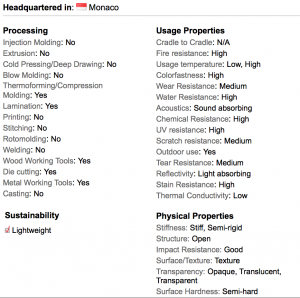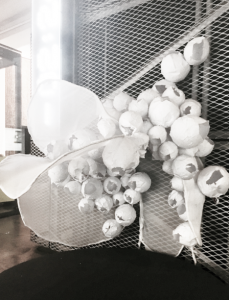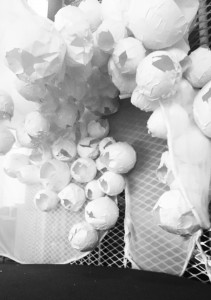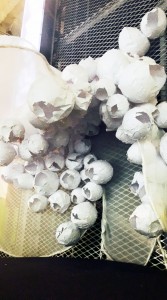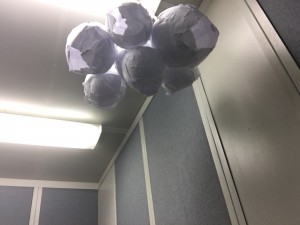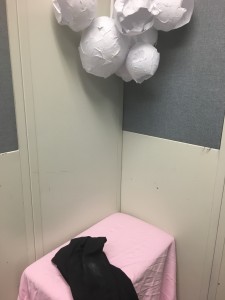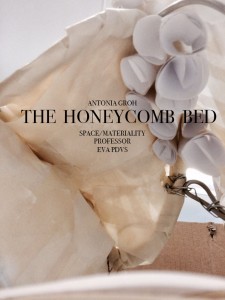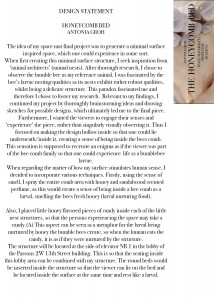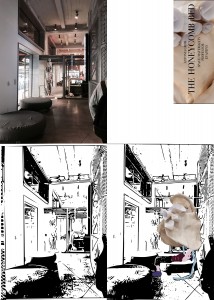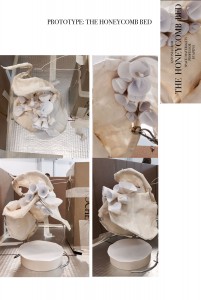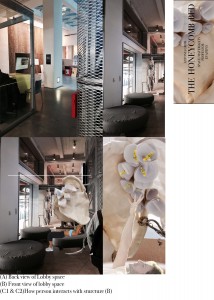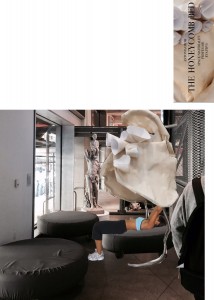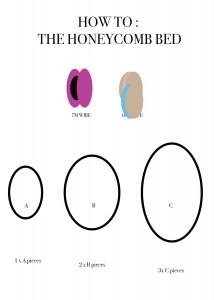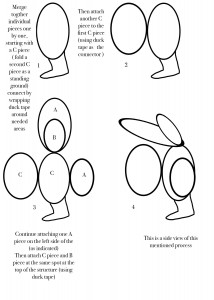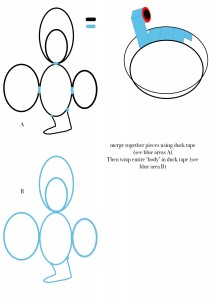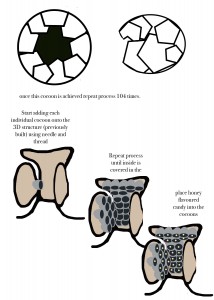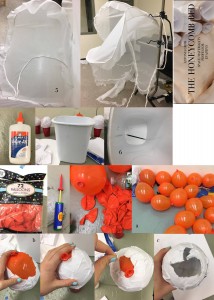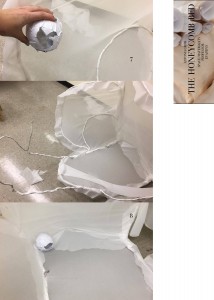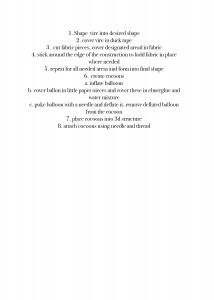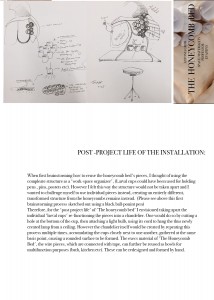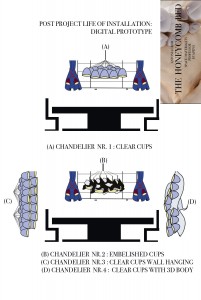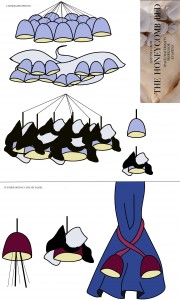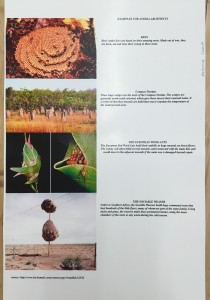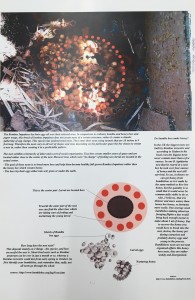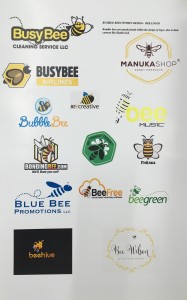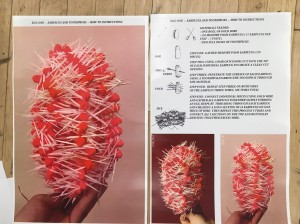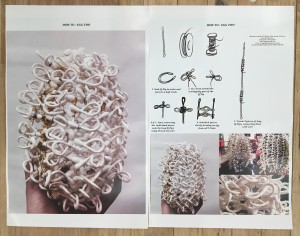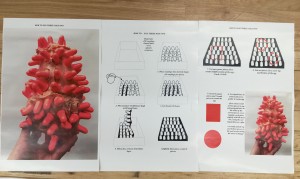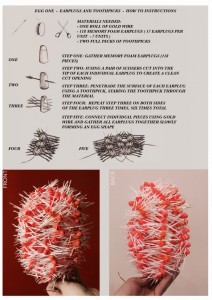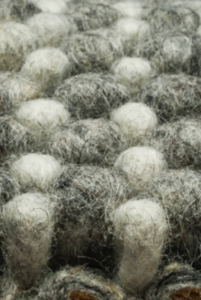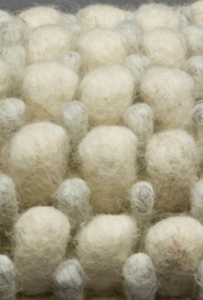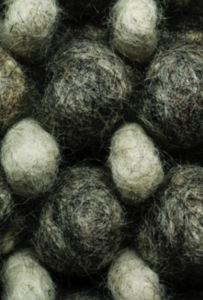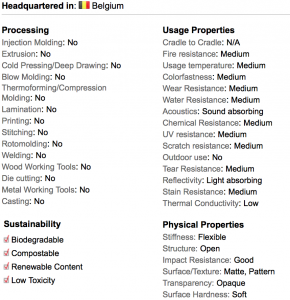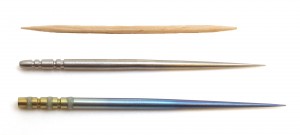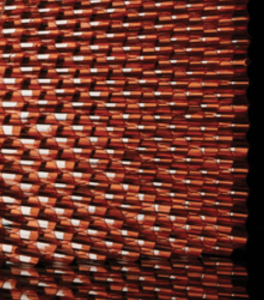
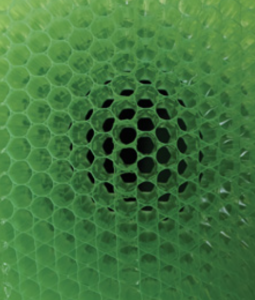
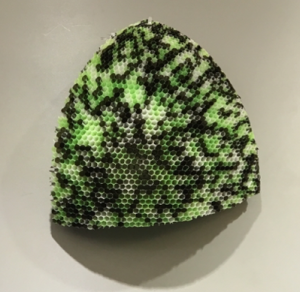
Koroyd®
| MC# 7164-01 |
| Category: Polymers |
An engineered thermoplastic honeycomb comprised of a co-extruded polycarbonate (PC) for energy absorption. This structure provides uniform mechanical properties due to its circular cell structure, and offers high compressive strength in a low-density material, decreasing transmitted force and peak g-force acceleration. The honeycomb is an efficient energy absorber, which is vital to impact protection, and is highly breathable. Depending on cell size and polymer density compression strength (DIN 53421) testing has resulted in durability against 101 to 522 psi (0.7 to 3.6 MPa), compression strength increases with smaller cell size. The intercellular connection is achieved without the use of glues of adhesives, but rather by thermal welding, which increases visual and performance consistency. Individual tubes are co-extruded with an inner and outer layer, each comprised of a different polymer; the outer layer has a lower melting point than the inner layer. The tubes are stacked in a mold, which is then heated and pressurized melting the exterior layer of each tube providing a thermo-weld between all adjacent tubes. The tubes are then cross cut into sheets. The welded honeycomb sheets can be further processed into finished dimensions and shaped parts with milling, thermoforming, cutting, profiling, lamination, plating, etc. Cell sizes are available from 2.5 to 8 mm (0.1 to 0.31) in diameter, and sheets can be 1 to 300 mm (0.04 to 11.8 in) thick. Sheet dimensions are fully customizable, with a maximum dimension of 3500 x 2000mm (137.8 x 78.7 in). Fifteen standard colors of material are offered, but custom colors and pantone matching are available. Additionally multi-color combinations can be provided. The structure is fully customizable by altering polymer, cell size, polymer density, sheet thickness, sheet dimensions, and cell angle. A fire retardant grade is also offered. Mechanical property testing for impact performance can be quantified by a combination of multiple tests. Compression strength testing (DIN 53421) resulted in durability against pressure ranging from 101 psi (0.7 MPa) for 6.0 mm tubes (0.24 in) with 48 kg/m3 (3.0 pcf) density, up to 522 psi (3.6 MPa) for 2.5 mm tubes (0.1 in) with 110 kg/m3 (6.9 pcf) density. Shear strength was also tested (DIN 53294), resulting in 87 psi (0.6 MPa) for 6.0 mm tubes (0.24 in) with 48 kg/m3 (3.0 pcf) density, up to 217 psi (1.5 MPa) for 2.5 mm tubes (0.1 in) with 110 kg/m3 (6.9 pcf) density. Applications include helmets, sports equipment, body armor, blast mitigation, automotive panels, board-sport boards, furniture, lighting, displays, and interior décor.
I chose this material, as it is made from straws and exhibits how this every day objects can create a unique looking material surface simply by gathering the straws tightly next to each other.
